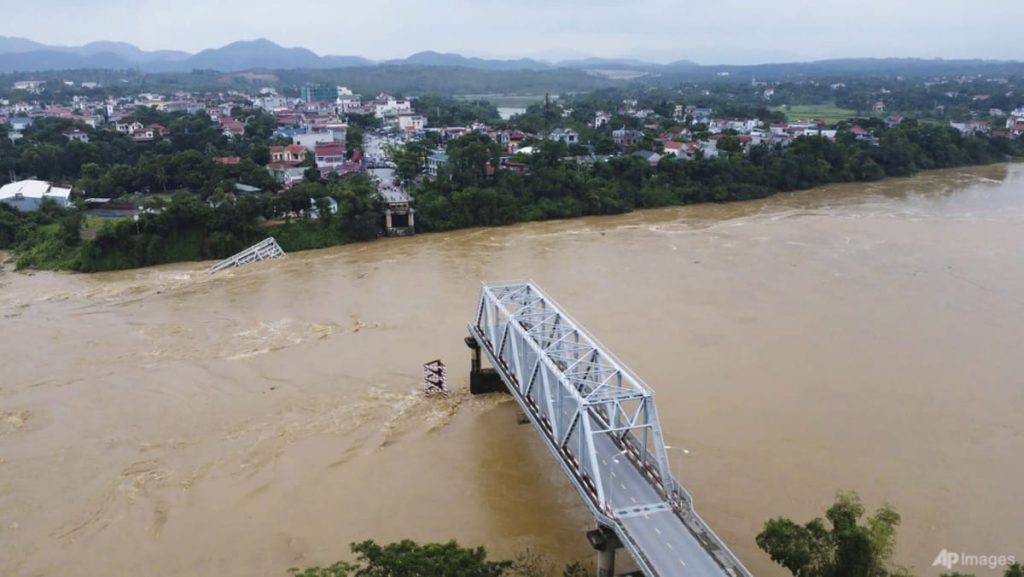). The intense flooding and landslides, which were caused by heavy rains, have also destroyed homes and infrastructure in several provinces.
The government has been working to provide aid to those affected by the disaster, including food, shelter, and medical assistance. Thousands of people have been evacuated from their homes and are currently staying in temporary shelters.
Rescue teams have been deployed to the affected areas to search for the missing and provide assistance to those in need. The government has also mobilized resources to help with the cleanup and recovery efforts.
The disaster is a stark reminder of the vulnerability of Vietnam to natural disasters, particularly during the rainy season. Climate change is expected to increase the frequency and intensity of extreme weather events, which will further threaten the country’s population and infrastructure.
Efforts are being made to improve disaster preparedness and response in Vietnam, including early warning systems, emergency drills, and community-based disaster risk reduction initiatives. However, more needs to be done to build resilience and mitigate the impacts of future disasters.
The government is calling for international support to help with the recovery efforts and to ensure that those affected by the disaster receive the assistance they need. The tragedy serves as a wake-up call for the global community to take action on climate change and work together to build a more resilient and sustainable future.


